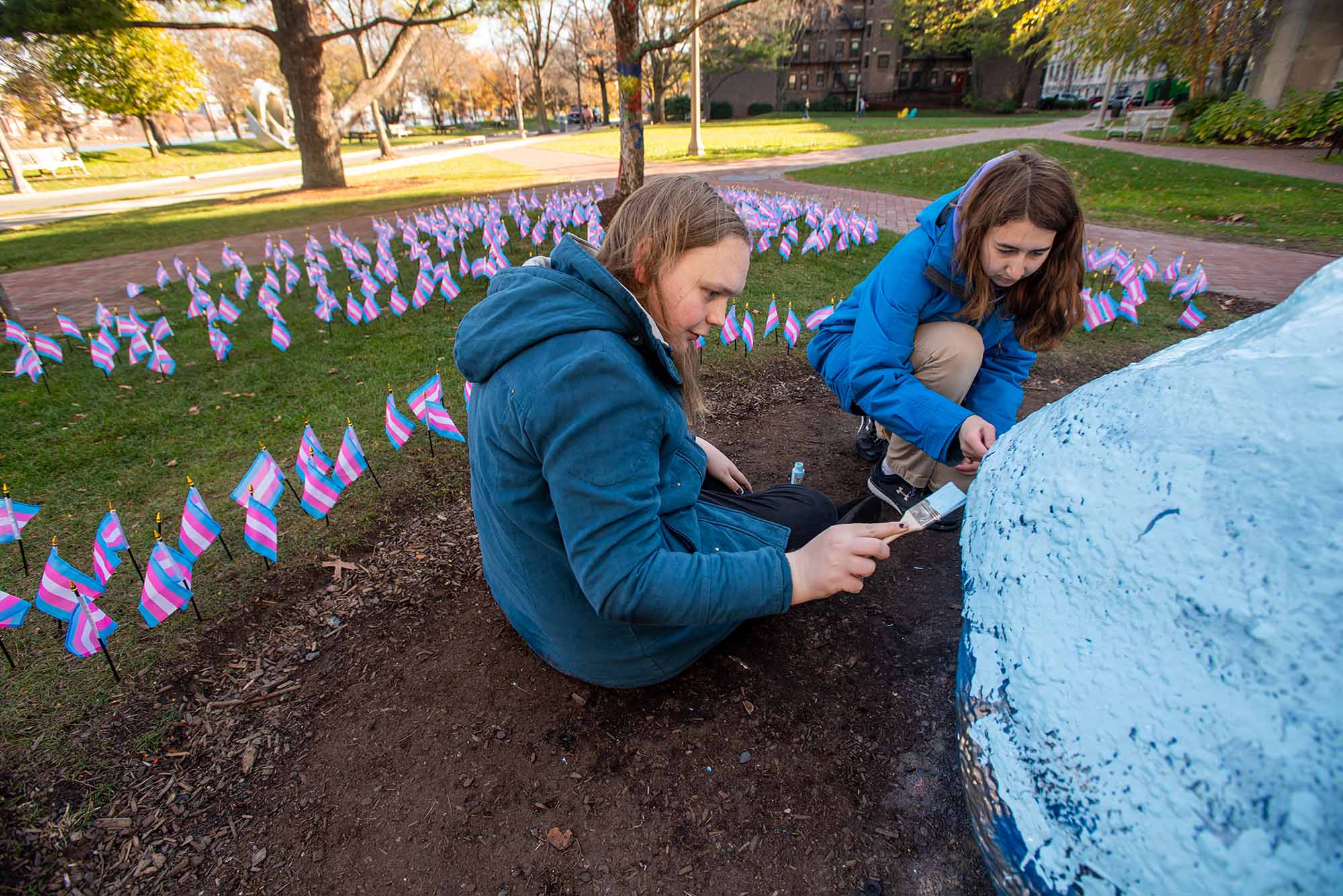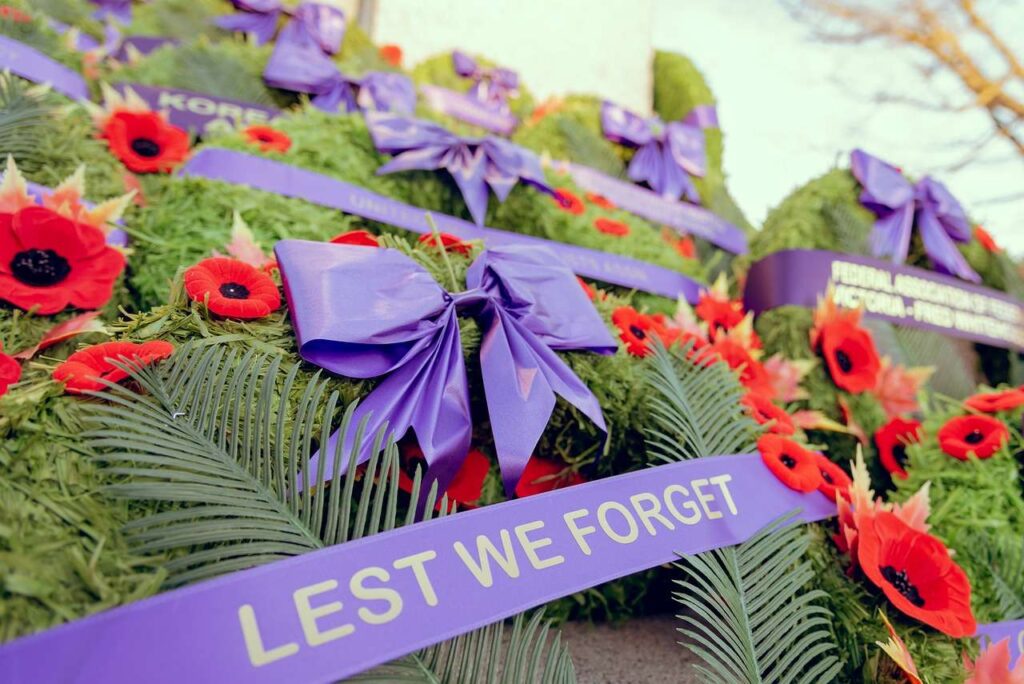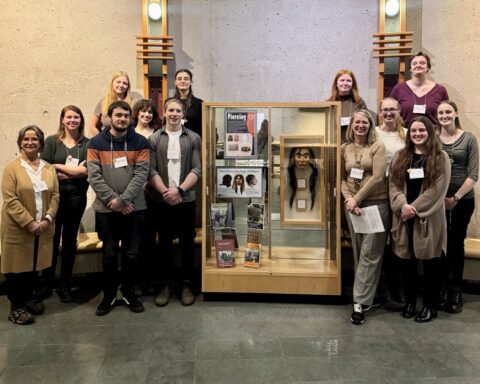Sunday, November 20th, 2022 marks the annual observance of the Transgender Day of Remembrance (TDoR). The Transgender Day of Remembrance, also known as the International Transgender Day of Remembrance, has been observed annually on November 20th to memorialize trans individuals murdered due to transphobia. According to the Merriam-Webster dictionary, transphobia can be defined as an “irrational fear of, aversion to, or discrimination against transgender people.” Indeed, this fear and discrimination rear its ugly head in the form of violence against 2SLGBTQ+ people.
The first observance of TDoR was in 1999 when co-founder Gwendolyn Ann Smith organized a memorial for the murder of Rita Hester, a 35-year-old transgender African-American woman in Allston, Massachusetts. The grief of Rita’s murder was shared by over 250 people, who joined a candlelit vigil to celebrate Rita’s life and mourn her tragic loss. By 2010, TDoR memorials were held in more than 20 countries.
Generally, a TDoR event would consist of reading out the names of all the transgender individuals lost over the previous twelve months. This observance has even made its way into governance: since 2017, the Ontario provincial government observes a moment of silence on November 20th in recognition of TDoR; On November 18th, 2021 on the United States House floor, Representative Ayanna Pressley read the names of 46 trans people murdered in 2021. Such demonstrations of governmental support are integral to reversing the discrimination against transgender individuals.
Despite the widespread support of TDoR, some critiques have arisen. Indeed, some people question the intersectionality of TDoR. Intersectionality is the understanding that many aspects of identity intersect to create a particular person’s experience. According to critics, TDoR can potentially ignore other aspects of a person’s identity that contribute to oppressive violence, inflating transphobia as the only discriminatory factor. This reduction ignores that a disproportionate majority of murdered transgender people are trans people of colour. Therefore, scholars and activists are committed to advancing intersectional approaches in trans politics, highlighting transphobic violence as inseparably connected to race, gender, and class. There are many ways to get involved in TDoR observations. First and foremost, be aware of the effects of transphobic violence on the 2SLGBTQ community. Share our grief and recognize the thousands of transgender lives forcefully stolen due to hate. Especially in Canada, we must acknowledge the inherent connection between transphobic violence and European colonization: that 2-Spirit Indigenous people face intersectional oppression due to their identities as 2SLGBTQ and Indigenous. If your community is not hosting a TDoR vigil in person, consider looking for events online. The Transgender Day of Remembrance Vigil – Reading UK event will be live-streamed via their website (www.tdor-reading.org.uk) at 11 am PST on November 20th. Also, the Project Rainbow Transgender Day of Remembrance 2022 live-stream, organized by the Salt Lake City Public Library, can be accessed through youtube (https://www.youtube.com/ watch?v=eiOL3NjOUAU) at 2 pm on November 20th. I sincerely hope that readers of this article will spend time in recognition and mourning of the lives lost due to transphobia, and they take steps to heal discriminatory transphobic violence in our communities.










